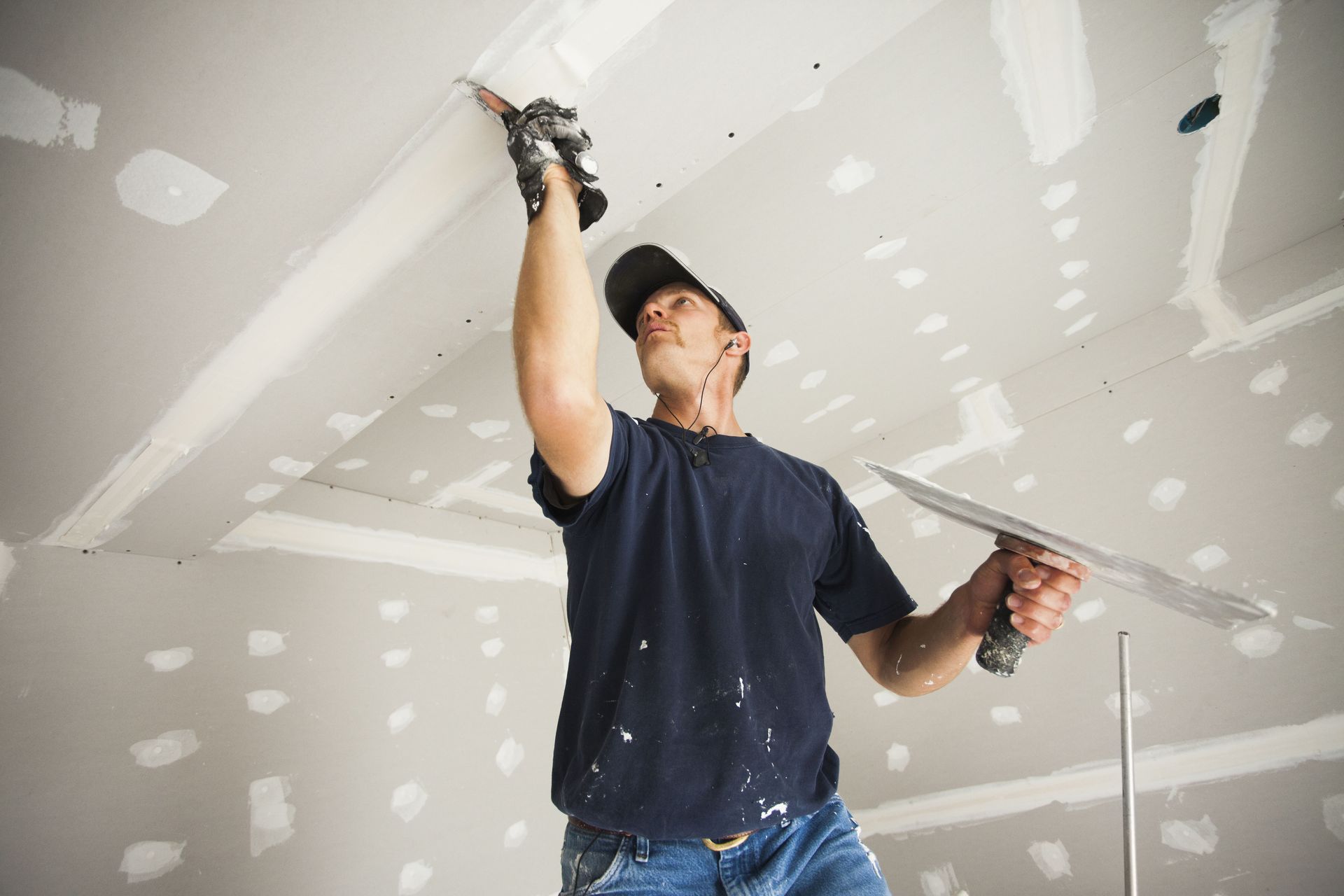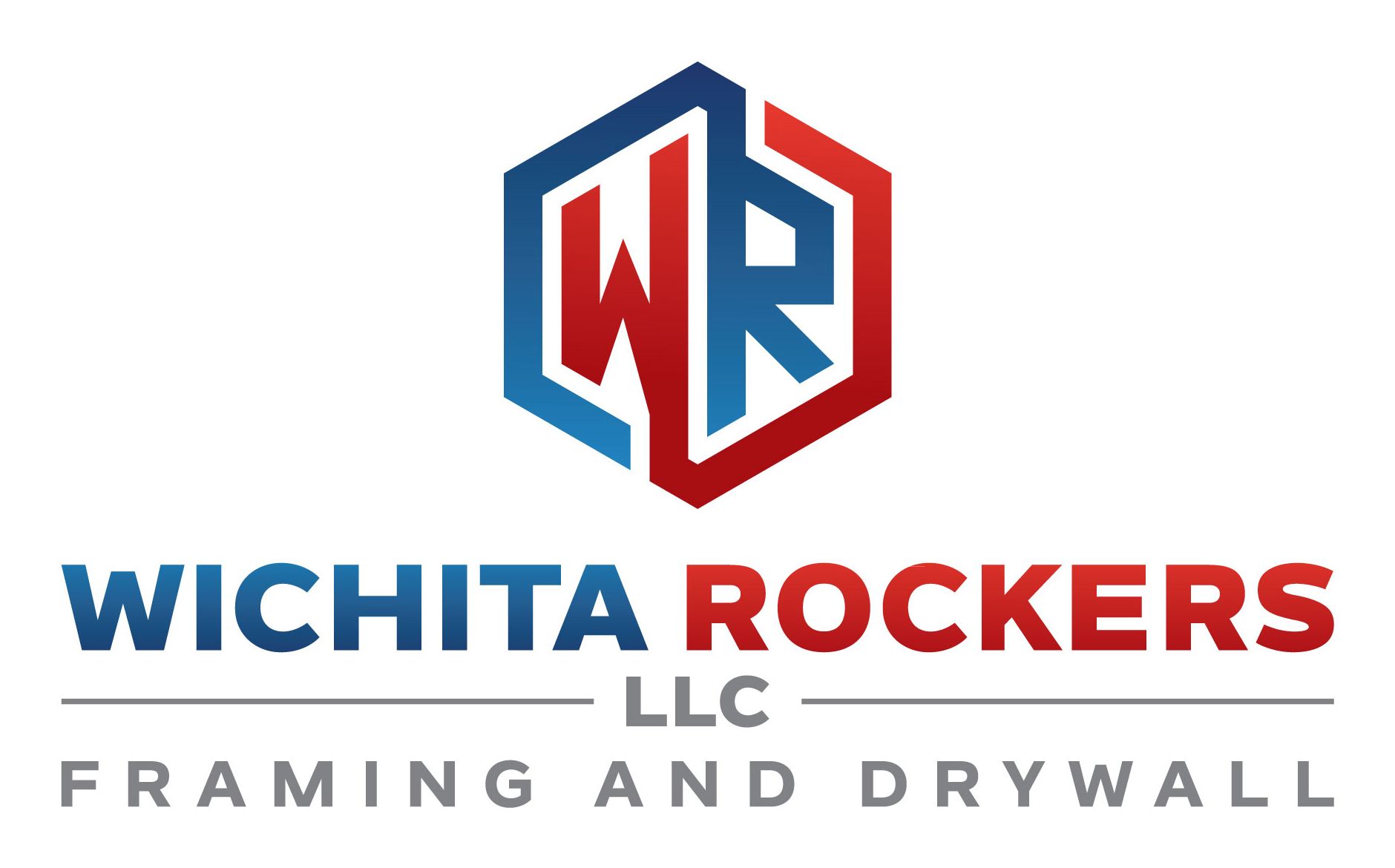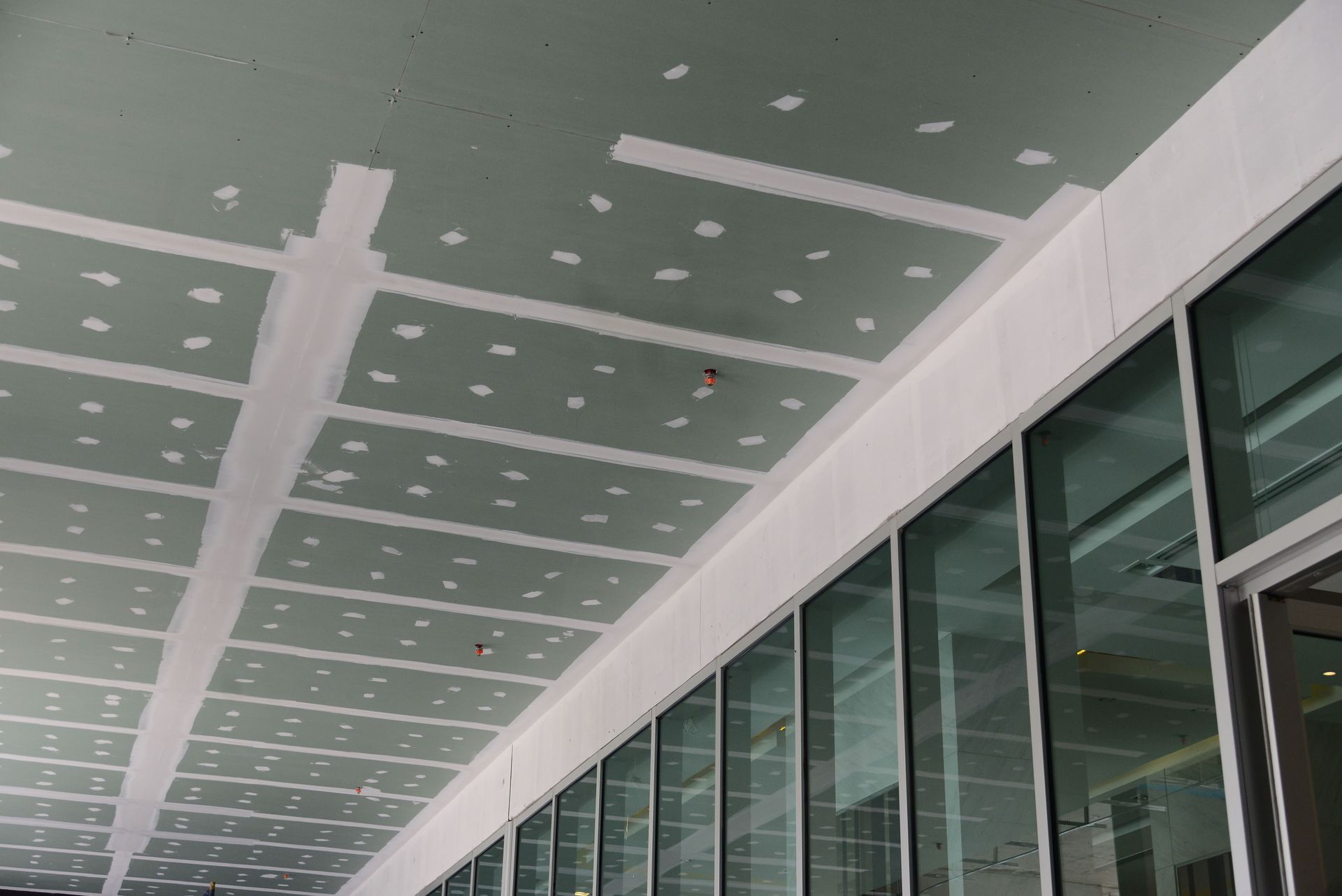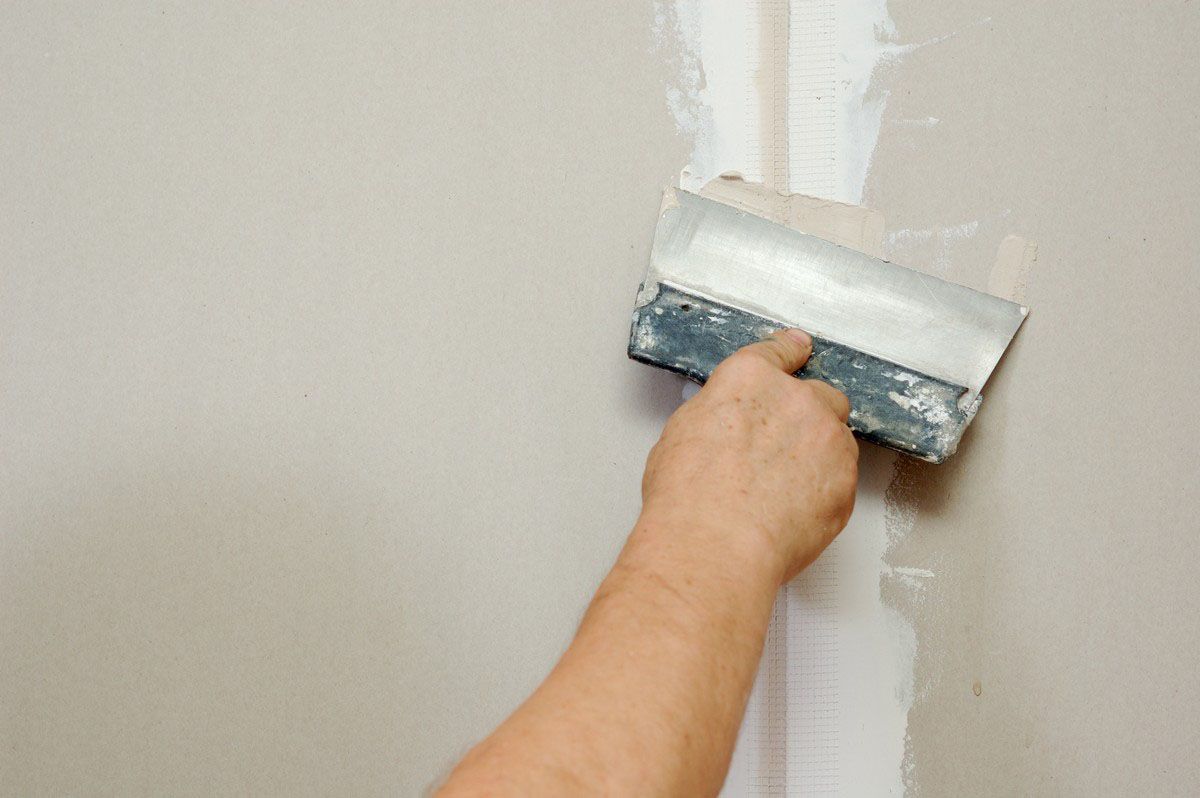What Drywall Services Should I Get To Renovate My Home?
Renovating a home is a significant undertaking, and one key aspect of this process involves updating the walls to give your space a fresh and polished look. According to IBIS World, there are more than 19,700 drywall installers in the United States, highlighting just how essential drywall services are in the renovation industry. From achieving clean lines to creating smooth, seamless surfaces, drywall plays a critical role in transforming your living space. In this article, we'll explore various drywall services that are crucial for a successful home renovation, ensuring that your walls are both functional and aesthetically pleasing.
Drywall Installation
Drywall installation requires a thorough understanding of the various types of drywall materials available. Standard drywall is most commonly used in residential projects, while moisture-resistant and fire-resistant drywalls are preferred in areas with specific needs. Moisture-resistant drywall is ideal for kitchens and bathrooms due to its ability to withstand humidity and prevent mold growth. Fire-resistant drywall is essential in areas where added safety is a priority, such as garages or rooms with fireplaces.
Accurate measurements are vital to successful drywall installation, which begins with understanding the dimensions of your space. Using blueprints or digital plans, you can ensure that you account for any architectural quirks or special features. Laser measurement tools are instrumental in attaining dependable measurements, reducing the chances of error during the installation process. Planning involves deciding the placement of seams where drywall sheets join, minimizing visibility, and enhancing structural integrity.
Cutting drywall sheets to fit the space accurately is crucial, especially around electrical fixtures, outlets, and corners. Proper tools, including utility knives and saws, are necessary to achieve precise cuts without damaging the material. Once cut, hanging the drywall involves positioning the sheets cohesively on the wall or ceiling. The drywall sheets are lifted into position and fastened properly, ensuring they are flush with adjacent sheets.
Securing drywall sheets involves using screws or nails to attach them firmly to the underlying framework. The method of fastening impacts the overall strength and longevity of the drywall installation. Screws are often favored for their ability to hold more securely and reduce the risk of loosening over time. Using a drywall screw gun or drill, screws are inserted into the drywall at measured intervals for even distribution of force. Proper fastening provides a secure surface for further refinements during renovation.
Drywall Taping and Mudding
The selection of tape and joint compound significantly influences the longevity and aesthetics of drywall finishes. Paper tape and fiberglass mesh tape are two primary options, each suitable for different situations. Paper tape is ideal for flat seams due to its strong adhesion, while mesh tape is often used for difficult corners or irregular surfaces. The joint compound works in tandem with the tape to seal seams and leave a smooth surface for painting. Gel or powder formats and their respective formulations are chosen based on application technique and drying times.
Applying tape to seams requires precision and skill, necessitating careful attention to detail. The tape is applied over seams between drywall sheets and smoothed out to ensure full adhesion. Techniques such as embedding the tape with a thin layer of joint compound and using a taping knife are employed to secure the tape. Correct taping ensures seamless transitions between sheets and prevents cracks and visible joints. Consistent technique results in flawless, uninterrupted walls that blend seamlessly into the room.
Mudding is a critical drywall finishing process that involves applying multiple layers of joint compound to cover seams and imperfections. The first coat is applied with a wider taping knife, embedding the tape securely into the seams. Successive coats, often numbering three, serve to smooth the surface and ensure an even finish. Techniques such as feathering the edges of each coat help blend the compound with the surrounding drywall for a seamless look. Mudding is an art form, demanding patience and skill to achieve that precise, professional finish.
Drywall Texturing
Drywall texturing extends beyond aesthetics to functional benefits like hiding imperfections and impacting acoustics. Various types of textures, such as orange peel, knockdown, and popcorn, can be applied depending on style preferences. Orange peel creates a subtle, low-key texture that adds depth without overwhelming the space. Knockdown, a process of flattening splattered compound, results in a mottled finish that is both decorative and forgiving to surface flaws. Popcorn texture, commonly used in ceilings, offers significant sound absorption characteristics while providing a vintage look.
Texturing large areas is efficiently achieved using texture sprayers, which provide consistent and faster application. Sprayers can handle a wide array of textures like orange peel and knockdown, making them versatile tools in professional and DIY projects. Control over the sprayer's settings allows for adjusting the texture thickness and pattern intensity as desired. The method requires practice to master and can lead to uneven application if not handled correctly. The primary advantage of using sprayers is speed and uniformity, significantly reducing manual effort.
For those seeking a more custom or artistic finish, hand-applied texturing techniques offer versatility and originality. Tools such as brushes, trowels, and sponges are used to create unique designs and patterns like skip trowel and slap brush. Hand-applied techniques demand patience and often rely on the artisan's skill to produce nuanced and varied surfaces. They provide a level of creativity and personalization not typically possible with other methods. These techniques allow homeowners to bring their wall design visions to life with bespoke artistic flourishes.
Drywall Repair and Maintenance
Addressing holes and cracks in drywall requires careful planning to ensure seamless repairs. Small holes are often patched using joint compound, mesh tape, and a putty knife for a smooth finish. For larger holes, cutting a piece of drywall to fit the damaged area and attaching it securely with additional joint compound creates a sturdy repair. Ensuring the repaired section sits flush with the surrounding drywall is crucial for an unnoticed repair. Proper preparation and blending of repairs result in an undetectable fix that restores the wall's integrity and appearance.
Drywall compromised by water presents challenges, requiring prompt action and specific techniques to restore it. Diagnosing the source of water and addressing it prevents further damage and recurrence. The affected drywall is removed, often revealing the underlying framework requiring assessment and repair. New drywall is cut and fitted, sealed with moisture-resistant compounds to guard against future exposure. This meticulous process ensures the durability of the repair and prevents mold or structural issues from developing.
High-traffic areas or places with construction joints may need additional reinforcement to maintain drywall strength. Reinforcement involves using specialized materials like mesh tape and joint compound to stabilize vulnerable areas. Applying an extra layer for added protection enhances the durability and longevity of the drywall. Inspections and regular checks enable early detection of fatigue or strain in these sections. Strengthening weak zones prevents potential future repairs and bolsters overall wall stability.
Renovating your home with the right
drywall services ensures that you achieve impeccable walls, contributing significantly to the overall look and feel of your space. Whether you opt for professional services or take on a DIY project, understanding the various aspects of drywall work, from installation to texturing and soundproofing, equips you with the knowledge to make informed decisions that align with your vision and budget. With careful planning and execution, your renovated home will boast walls that are both functional and beautiful. For more information, contact Wichita Rockers today.




Share On: